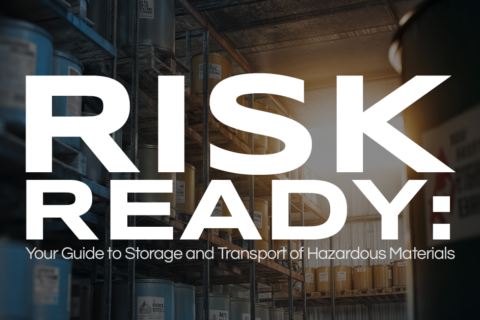Risk Ready: Best Practices for Storage and Transport of Hazardous Materials
🚛 Hazmat Handling: Storage, Success, and Safety First Ever walked into a warehouse and caught a whiff of something sharp in the air? Maybe a stack of drums pushed a little too close together? Small oversights in hazardous material handling can snowball into major disasters—fires, spills, even toxic exposure. It’s not just about compliance; it’s about protecting lives, property, and the environment. Whether you’re stacking corrosives in a warehouse, transporting flammable liquids, or working with compressed gases, knowing how to store, label, and handle hazmat properly is non-negotiable. In this guide, we’re diving into best practices for safe storage, critical safety measures for CDL drivers, and the steps to earning your hazmat endorsement. If you work in logistics, manufacturing, or trucking, this one’s for you. Let’s break it down—because when it comes to hazardous materials, there’s no room for guesswork. ⚠️ Hazmat Storage: A Small Mistake Can Be a Big Disaster Picture this: A single mislabeled drum, a minor leak, and suddenly the air in the room becomes thick with fumes. That’s how quickly a small mistake with hazardous materials can spiral into an emergency. Storing chemicals, flammables, and other dangerous substances isn’t just about putting things on shelves—it’s about knowing what can (and can’t) be stored together, ensuring ventilation, and preventing chemical reactions that could turn deadly. This section breaks down the essentials of proper labeling, protective equipment, spill response, and routine inspections so that every warehouse worker, logistics coordinator, and plant manager knows exactly how to keep materials secure, people safe, and operations running smoothly. Let’s get into it. 🔖 Proper Labeling & Signage 📦 Correct Storage Procedures 🦺 Personal Protective Equipment (PPE) is Non-Negotiable 🚨 Spill Response Readiness ✅ Routine Inspections & Compliance Audits Storing hazardous materials goes beyond basic organization—it’s about preventing disasters before they happen. One mislabel, one incompatible chemical mix, or one unsecured container can lead to fires, spills, or toxic exposure. And in a warehouse or manufacturing setting, those risks aren’t just personal—they affect entire teams, facilities, and even the environment. From PPE and proper signage to emergency spill response, safety is about understanding the materials you’re working with and handling them with care. Whether you’re in charge of chemical storage, transport, or compliance checks, following best practices ensures everyone makes it home safe at the end of the day. 🚨 But what happens once these materials leave storage and hit the road? That’s where CDL hazmat drivers step in, carrying both cargo and responsibility. Let’s go over the key safety measures for transporting hazardous materials. 🚦 High-Stakes Hauling: Why Hazmat Transport Requires Precision Not all cargo is created equal. Hauling hazardous materials isn’t like transporting general freight—it’s a job that comes with high stakes, strict regulations, and no margin for error. One improperly secured drum or mislabeled chemical can lead to accidents, regulatory fines, or worse, serious harm. Whether you’re hauling flammable liquids, corrosive chemicals, or explosive materials, you need to be prepared, precise, and proactive. In this section, we’ll cover everything from pre-trip inspections to route planning, emergency protocols, and cargo security so that every CDL driver with a hazmat endorsement can stay compliant, protect their cargo, and get home safely. Buckle up—it’s time to roll through the best practices of hazmat transport. 🔍 Pre-Trip Inspections: More Than Just a Checklist 📖 Know Your Emergency Procedures 📦 Secure & Stable Loading Practices 🗺️ Stay Aware of Restricted Routes & Regulations 😷 PPE & Ventilation When Handling Cargo Driving a truck loaded with hazardous materials is a different kind of challenge. Unlike general freight, these loads come with strict regulations, required inspections, and no room for shortcuts. Whether it’s flammable liquids, corrosives, or compressed gases, the risks are real—and one wrong move could cost more than just a fine. That’s why pre-trip inspections, route planning, and emergency preparedness are non-negotiable for CDL drivers hauling hazmat. From ensuring secure cargo to knowing how to handle spills on the road, being informed and prepared is the difference between a routine delivery and a serious incident. 🎓 Thinking about taking your trucking career to the next level? A hazmat endorsement opens up more routes, higher pay, and specialized job opportunities. Here’s what it takes to get certified. 🎓 Securing Your Hazmat Endorsement: A Step-by-Step Guide Ever wondered why some CDL drivers are pulling in bigger paychecks and scoring the most in-demand routes? A hazmat endorsement could be the difference. Adding an “H” to your CDL opens the door to higher-paying hauls, exclusive job opportunities, and greater career flexibility. But before you start transporting hazardous loads, you’ll need to pass a TSA background check, ace the hazmat knowledge test, and meet federal requirements. This section walks you through every step of the process—from application and testing to renewal and compliance updates. If you’re looking to boost your income, expand your career options, or simply stand out in the trucking industry, getting a hazmat endorsement is a smart move. Let’s break it down. 🛂 Meet the Basic Requirements 📝 Apply for a TSA Background Check 📚 Pass the Hazmat Knowledge Test 💲 Pay the Fees & Submit Documentation 🔄 Stay Up to Date with Recertifications For CDL drivers looking to increase their earning potential and expand their job options, a hazmat endorsement is a game-changer. Not every driver is qualified to haul hazardous materials, which means those who are get priority loads and higher pay. But getting certified isn’t just about passing a test—it requires background checks, knowledge of hazmat regulations, and a commitment to safety. From TSA screenings to state-specific exams, the process might seem like a lot, but it’s well worth the effort. With the right preparation, earning your endorsement is a straightforward step toward better opportunities in trucking. 🏗️ But whether you’re hauling hazmat or storing it, one thing remains the same—safety and compliance are everything. Let’s wrap this up with the key takeaways for handling hazardous materials at every stage of the supply chain. 🚛 Securing Safety & Opportunity: The Road Ahead…


Recent Comments